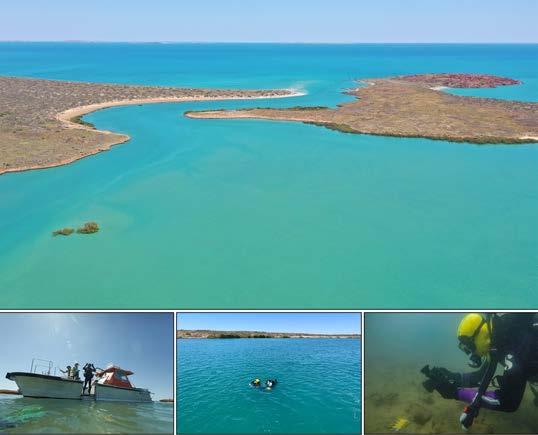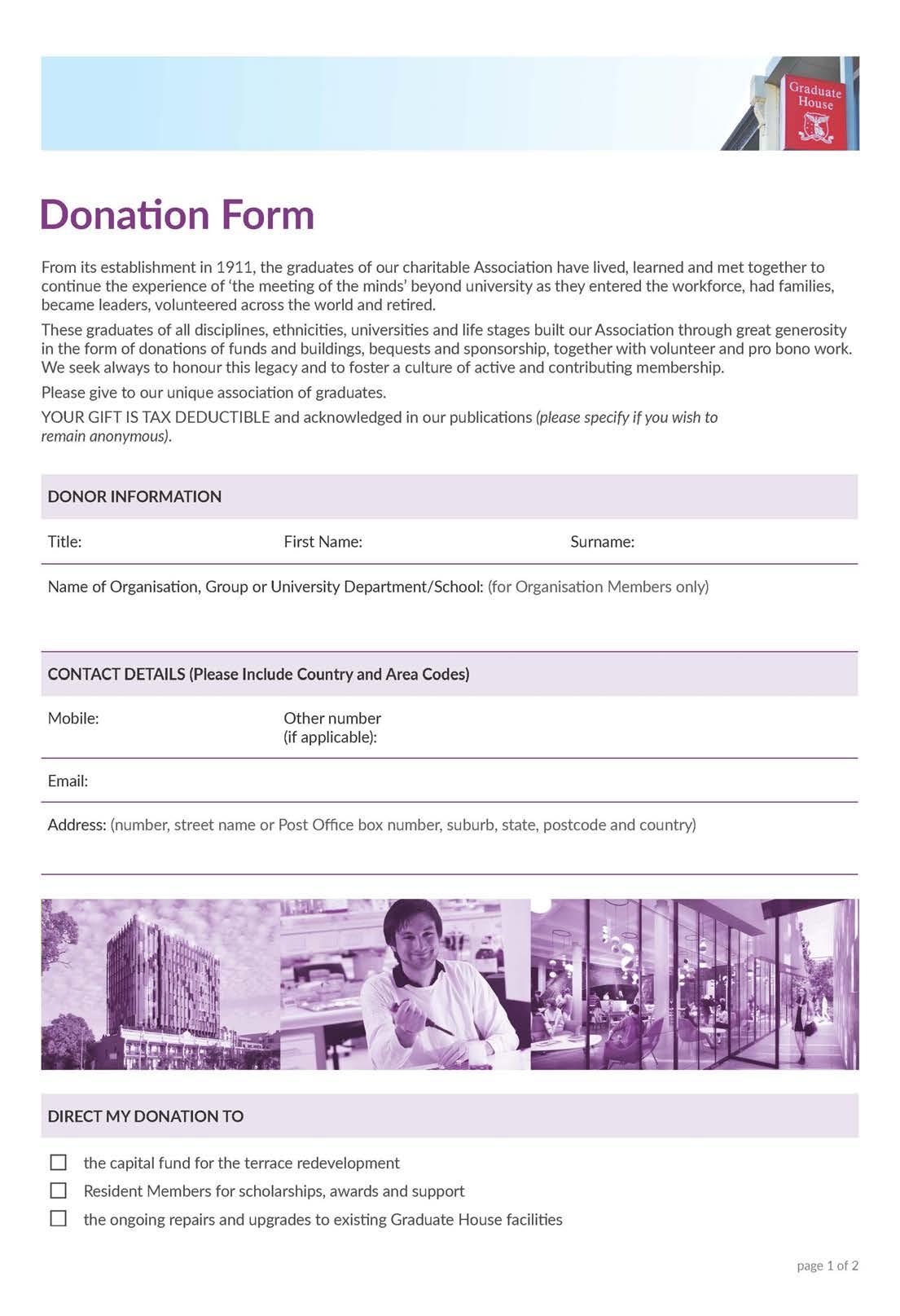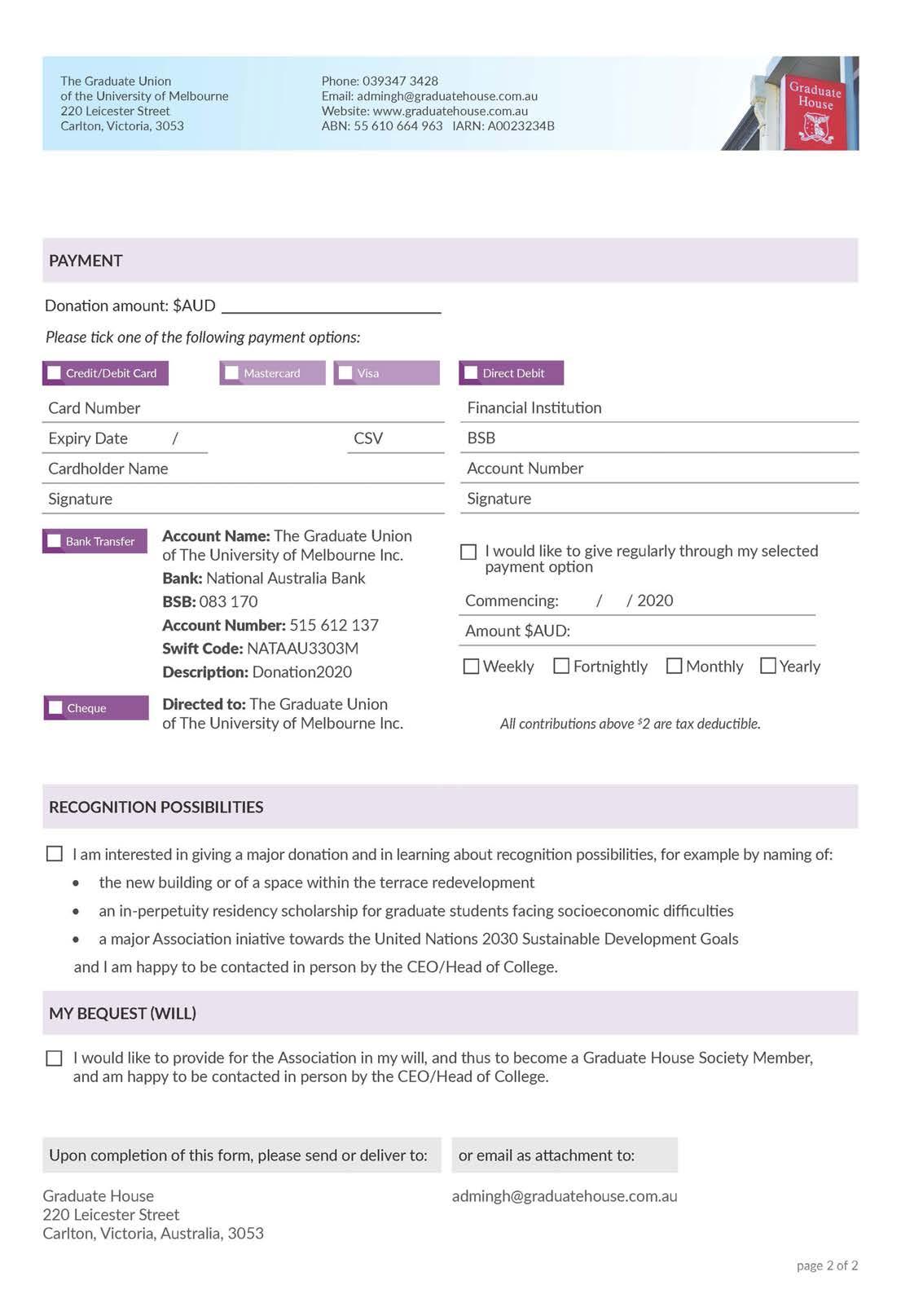
4 minute read
Innovation Aboriginal Archaeological Seabed Preserved
Innovation
Researchers discovering the past: ancient Aboriginal archaeological seabed preserved
Advertisement
Human history is being uncovered through new archaeological discoveries in Australian seabeds when water levels were much lower than today, uncovering the land where people once lived. Archaeologists can only speculate about how people used those now-submerged lands, and if any traces remain today. A recent report in the journal PLOS ONE, was on the first submerged ancient Aboriginal archaeological site to be found on the seabed, in waters off Western Australia. It is theorised that when people first arrived in Australia as early as 65,000 years ago, sea levels were roughly 80 metres lower than today. Fluctuating sea levels continued to fall as the global climate cooled. As the world headed into the last Ice Age, which peaked around 20,000 years ago, sea levels dropped to 130 metres lower than they are today. Then between 18,000 and 8,000 years ago the world warmed up. Melting ice sheets resulted in sea levels rising and Tasmania was cut off from the Australian mainland around 11,000 years ago. New Guinea separated from Australia around 8,000 years ago. This sea-level rise flooded 2.12 million square kilometres of land on the continental shelf surrounding Australia. Thousands of generations of people would have lived out their lives on these landscapes now under water.
Landscapes under water
Over the last four years a team of archaeologists, rock art specialists, geomorphologists, geologists, specialist pilots and scientific divers have been working on the Australian Research Council’s funded ‘Deep History of Sea Country Project’. Working in collaboration with the Murujuga Aboriginal Corporation, it has worked to find and record submerged archaeological sites off the Pilbara coast in Western Australia. The team of specialists studied navigation charts, geological maps and archaeological sites located on the land to narrow down prospective areas before surveying the seabed using laser scanners mounted on small planes and highresolution sonar towed behind boats.
Location maps of the study area and seabed sites.
In the final stage of research, a team of scientific divers conducted some underwater archaeological surveys to examine physically, record and sample the seabed. Two underwater archaeological sites were discovered in the Dampier Archipelago. The first of these, Cape Bruguieres, has hundreds of stone artefacts, on the seabed at depths down to 2.4 metres. At the second site, in Flying Foam Passage, traces of human activity were discovered at a submerged freshwater spring located 14 metres below sea level, which included at least one confirmed stone cutting tool made from locally sourced material. Research into these sites, consisting of environmental data and radiocarbon dating show these sites must have been older than 7,000 years when they were submerged by rising seas. The study shows archaeological
sites exist on the seabed in Australia with items belonging to ancient peoples undisturbed for thousands of years. In Murujuga (also known as the Burrup Peninsula) this adds substantially to the evidence we already have of human activity and rock art production in this important National Heritage Listed place. Our knowledge of ancient times in Australia comes from archaeological sites on land and from Indigenous oral histories. Still the first people to come to Australian shores were coastal people who voyaged in boats across the islands of Eastern Indonesia. The early peopling of Australia occurred on land that is now under water and so to fully understand key questions in human history, as ancient as they are, researchers must turn to both archaeology and marine science. These submerged archaeological sites are in danger of destruction by erosion and from development activities, such as oil and gas installations, pipelines, port developments, dredging, spoil dumping and industrialised fishing. While international and domestic protections exist for such sites, difficulties exist with the protection of this site specifically. Internationally, the UNESCO Convention on the Protection of the Underwater Cultural Heritage (2001) is adopted as law by more than 60 countries but is not ratified by Australia. Similarly in Australia, the federal laws that protect underwater cultural heritage in Commonwealth waters have been modernised recently with the Historic Shipwrecks Act (1976) reviewed and re-badged as Australia’s Underwater Cultural Hertiage Act (2018), which came into effect in July 2019. This new Act fails to protect automatically all types
Westward facing aerial view of Cape Bruguieres Channel at high tide (Photo: J. Leach); (below) divers record artefacts in the channel (Photos: S. Wright, J. Benjamin, and M. Fowler).

of sites and it privileges protection of nonIndigenous submerged heritage. For example, all shipwrecks older than 75 years and sunken aircraft found in Australia’s Commonwealth waters are given automatic protection. There is scope for states and territories to protect submerged Indigenous heritage based on existing laws, but regulators have conventionally only managed the underwater heritage of more recent historical periods. With the new discovery confirming that ancient Indigenous sites can be preserved under water, we need policy makers to reconsider approaches to protecting underwater cultural heritage in Australia. With the strong likelihood that many other submerged sites will be found in coming years, the challenge is to protect these archaeological sites now so that we can have a more complete account of our human past for the future. Read the full story at: https://bit.ly/3feFiaX


THE GRADUATE UNION of The University of Melbourne Inc.
220 Leicester Street, Carlton, Victoria 3053, Australia Telephone: +61 (0)3 9347 3428
Australian Business Number: 55 610 664 963 Incorporated Association Registration Number: A0023234B










